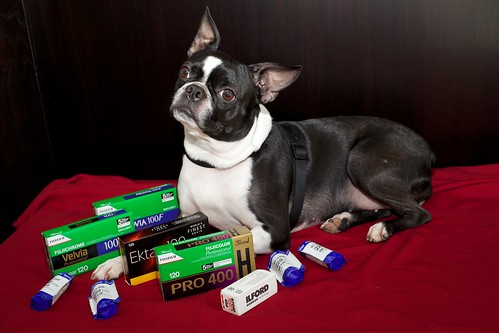David Lam show us his rig for digitizing negative using a digital camera (dead link) and explain the rational behind his choices.
Back in June, Petapixel had an article about DIY film scanning with LEGO and an iPhone, an interesting alternative approach.
At a time where film scanners are mostly things of the past – where the new models are a niche segment in which flatbed scanners reach the quality that the traditional film scanner used to have, where the old models are abandoned by their vendor whose software was so mediocre that it doesn’t run on modern PCs and where the high quality machines are so expensive, it feels like the best way is to actually use these digitizing devices called digital camera that are quite common. Everything is in the setup.

